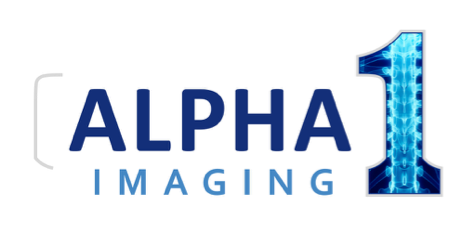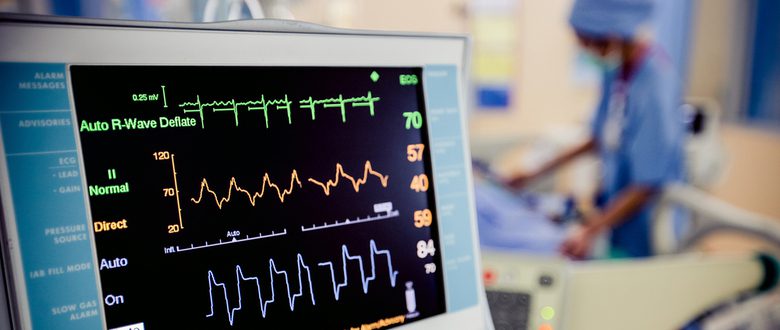- Evolving factors in healthcare administration are causing mobile imaging services to gain more momentum andwidespread usage throughout the healthcare industry.
- Mobile imaging provides comprehensive X-Ray, EKG and ultrasound services directly to medical facilities, homesand businesses.
- It is generally cheaper and faster than third-party alternatives and can assist overburdened in-house imagingdepartments.
- Mobile imaging services can be integrated into existing care services seamlessly without additional overheadcosts.
- Because mobile imaging is a relatively new service in the medical industry, many physicians, skilled nursingfacilities and patients are unaware of how this class of technologies is changing the healthcare landscape.
Evolving factors in healthcare administration, such as the recent implementation of PDPM, are completely changing how facilitiesadminister healthcare and evaluate success. As a result, mobile imaging services are continuing to gain momentum fortheir ability to provide faster, more convenient and cost-effective imaging services compared to traditional third-partyfacilities.
What is Mobile Imaging?
When people hear the world mobile imaging, they typically think of portable X-Ray imaging. While this service stillmakes up a large part of the technology, mobile imaging providers now offer more comprehensive imaging services, such asultrasound and EKG.
With mobile imaging, certified technologists and radiologists go directly to a medical facility, residence or placeofbusiness with all of the necessary equipment needed to conduct a variety of diagnostic screenings.
As mentioned above, the three primary imaging technologies are X-Ray, EKG and Ultrasound, which can be utilized forvarious purposes:
X-Ray:
- Detect injury to bones, identify bone deformities and verify bone healing.
- Verify placement of other medical devices such as implantable pumps and catheters.
- Detect pneumonia or bronchitis.
- Detect gallstones and kidney stones.
EKG:
- Find the cause of unexplained chest pain caused by a heart attack, pericarditis or angina.
- Find the cause of symptoms of heart disease, such as shortness of breath, dizziness, fainting or rapid,irregular heartbeats (palpitations).
- Check how well medicines are working and whether they are causing side effects that affect the heart.
- Check the health of the heart when other diseases or conditions are present such as high blood pressure, highcholesterol, cigarette smoking, diabetes or heart disease
Ultrasound:
- Identify the presence of abdominal aneurysms
- Detect issues with blood flow, such as arterial occlusion or blood clots
- Identify carotid occlusive disease and carotid artery disease
- Detect renal vascular disease, hypertension and early signs of kidney failure
Benefits of Mobile Imaging for Care Providers
Traditionally, when a patient needed an X-Ray, ultrasound or EKG, one of three things would happen. They would besentto an in-house imaging department, a third-party imaging facility or a hospital. Unfortunately, each of thesescenarioscomes with a drawback.
In-house departments can get easily overwhelmed and wait times can make diagnosing time-sensitive conditionsproblematic. Third-party imaging facilities can typically accommodate more patients, but can take longer to reportbackto facilities. Hospitals generally work the fastest, but hospital readmission rates can be detrimental markers of acareprovider’s quality of service and affect funding and reputation.
Mobile imaging services help care providers conduct many kinds of essential screenings, actively monitor a patient’scondition and is flexible enough to accommodate patients in any environment. Most importantly, mobile imaging isconsiderably faster and measurably cheaper than other alternatives.
With 24 hour turnaround times and near instant access to imaging scans through online portals, mobile imaging allowscare providers to diagnose issues in a much faster timeframe than third-party providers. This shorter time frame,combined with the flexibility of mobile imaging, leads to less overall operational expenses for care providers.
Ease of Implementation for Care Services
When it comes to implementing technology into an existing care service, it’s natural for business owners and keydecision-makers to be reluctant. This is because the adoption and integration of new technology usually comes with highinitial investments of time and money. However, this isn’t the case with mobile imaging. There is no equipment overhead,no training time and no space requirements, this means that mobile imaging can be integrated into existing services nearseamlessly.
Alpha One Imaging is a leading provider of mobile medical imaging solutions throughout all of Louisiana. We offer acombination of advanced equipment and professional technologists and radiologists who provide 24/7 service withunparalleled turnaround times.

